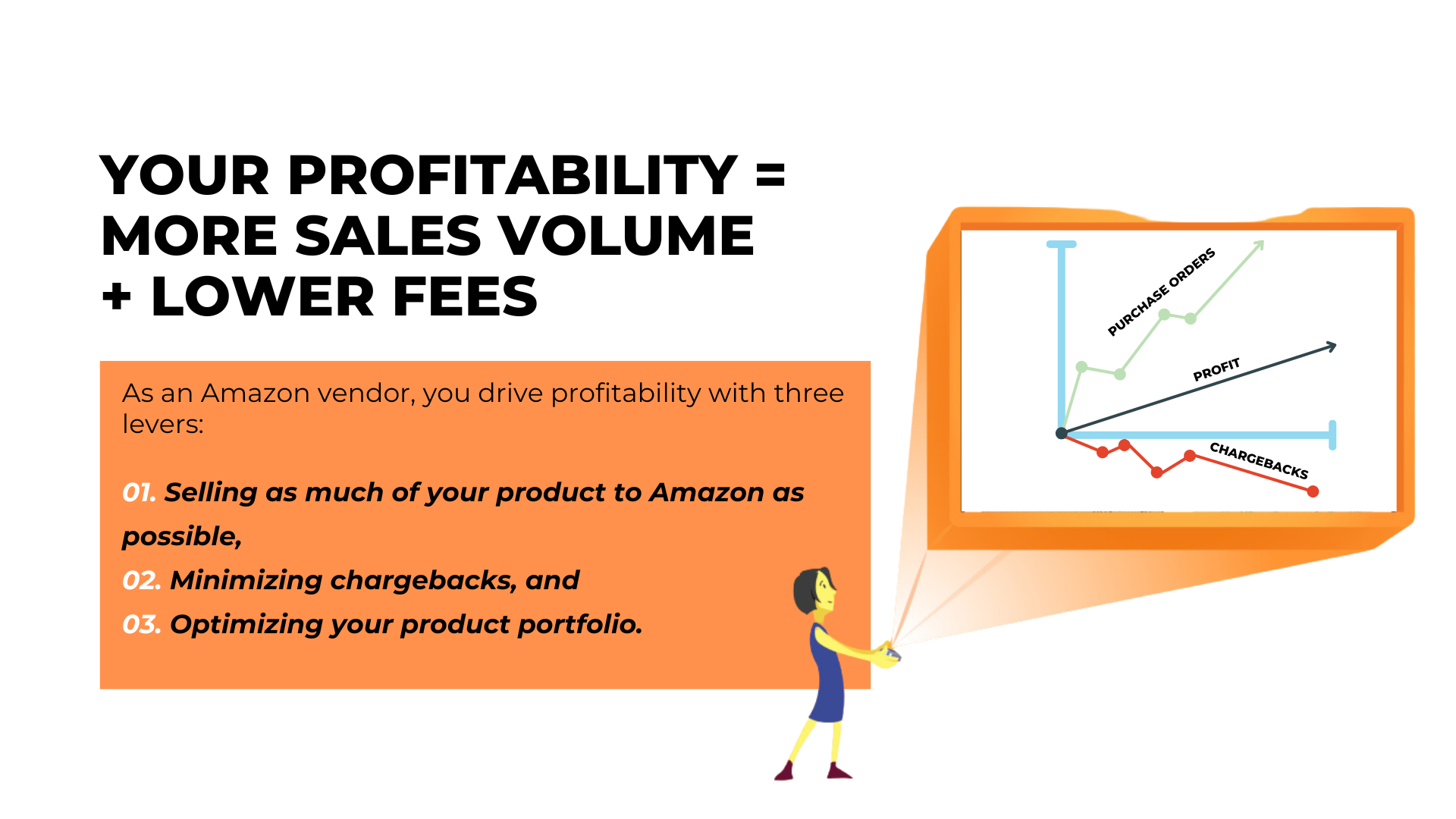5 Amazon Coop Agreements: What Vendors Should Know
The relationship between Amazon and vendors is a special one. Unlike sellers, vendors get the coveted "Sold by Amazon" assurance that convinces customers to click, knowing that they'll get a top-quality product shipped to them quickly. Vendors depend on Amazon's branding to move product, and Amazon depends on vendors to fill customer orders for the hottest items. It's a symbiotic relationship.
One of the areas where vendors and Amazon work closely together is the marketing of these products. Both sides share the costs of this marketing through what are known as "coop agreements." This guide provides a breakdown of what these agreements are and how you benefit from them so you can make decisions on how to prioritize them in your business.
Essentially, there are five main Amazon vendor coop agreements to concern yourself with, and all of them are important data sets for vendors. We’ll go through each of them in this guide.
Related articles:
1. Volume Incentive
A volume incentive agreement is pretty straightforward: if you hit a certain volume target by selling X amount of products, you are entitled to a certain percentage discount. Amazon wants to make sure their shelves are always stocked, and so they are willing to provide the opportunity for vendors to boost their profits by hitting volume targets for hot items.
A volume incentive can take the form of a fixed percentage or a tiered percentage that increases as your volume increases.
2. Straight Payment
Straight payments are exactly what they sound like: it’s a fixed dollar amount the brand is paying to Amazon for merchandising activities like enrollment in Amazon Vine. Or, perhaps Amazon creates a landing page for sports products, and you want to be featured on it – you’d make a straight payment to Amazon for that.
3. Accrual
Accrual is Amazon’s way of pushing their operating and logistics expenses on to the vendor. One type of accrual agreement is the Amazon freight allowance, where you’re paying under an Amazon freight agreement for them to pick up your products and ship them to a warehouse. There’s also the Amazon damage allowance, which requires you to foot the bill for any damage to products. Accrual agreements may also cover other deductions, like an Amazon return allowance when customers return products.
4. Vendor-Funded Sales Discounts
There are loads of discounts you can offer a customer, from coupons to a pricing promotion to lightning deals. Vendor-funded sales discounts are CoOp agreements that stipulate what discounts that vendor will offer and how much they will pay.
Coupons are the most common discount. To understand where your money is going and what kind of impact it is having in this area, you'll want to zero in on two reports in Vendor Central: coupon clip fees and coupon redemption fees.
5. Price Protection
Amazon first implemented its automatic Price Protection Program Policy back in February 2019. Under the policy, if a vendor reduces the price of their products on Amazon, Amazon will automatically apply the lower cost price to all outstanding purchase orders, products in transit, and existing on-hand inventory. This CoOp agreement covers the details of this policy as it pertains to your products.
How Do I Improve Amazon Vendor Terms for CoOp Agreements?
You can improve the terms of your CoOp agreements during your annual negotiations with Amazon, and you can negotiate from a strong position by ensuring you are hitting the benchmarks Amazon stipulated during their last negotiations with you. If you can demonstrate that you are meeting volume targets, your products are always in stock, and they are generating strong profitability, you can generally get better CoOp terms.
But in order to do that, you’ve got to do a good job of tracking your data so you know where you stand and where you need to improve.
How to Look Up CoOp Agreement Data
You can find CoOp agreement data reports by logging into Vendor Central, clicking on "Payments," and then clicking on "CoOp." Or, you can click on this link: Amazon Vendor Central Payments > CoOp.
For information on each report, visit our Vendor Central Help Center. Here is a list of the most pertinent reports and information on each one:
Better Track CoOp Agreement Data
It is vital that you track CoOp agreement data in order to understand what agreements are making your business money and which ones aren’t. But that’s not easy to do in Amazon because data can be hard to access. You have to manually download their reports.
Fortunately, there are services out there that will crunch this data for you. We’ve created a whitepaper that breaks down each of the methods for gathering data and which one is right for you. It’s available for free download below.
READ MORE:
Improve Profitability
Using Product-Level Operations Data from Vendor Central
As an Amazon vendor, you drive profitability with three levers: 1) selling as much of your product to Amazon as possible, 2) minimizing chargebacks, and 3) optimizing your product portfolio.
This guide will provide frameworks to improve your Amazon business's profitability and help you leverage Vendor Central's Operations tables for deeper insight.


